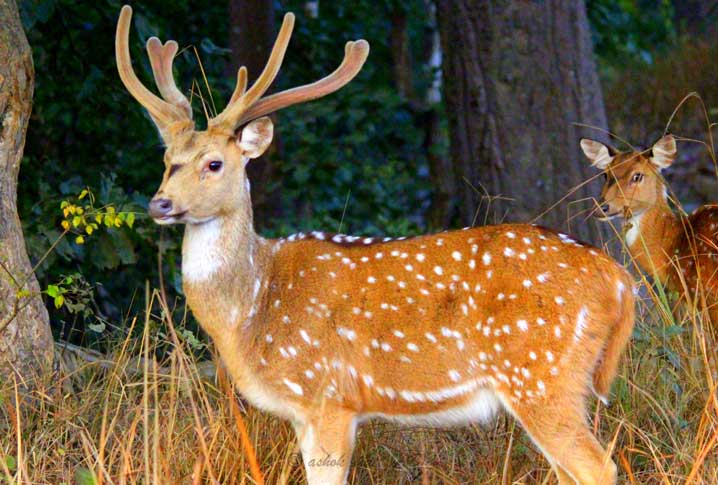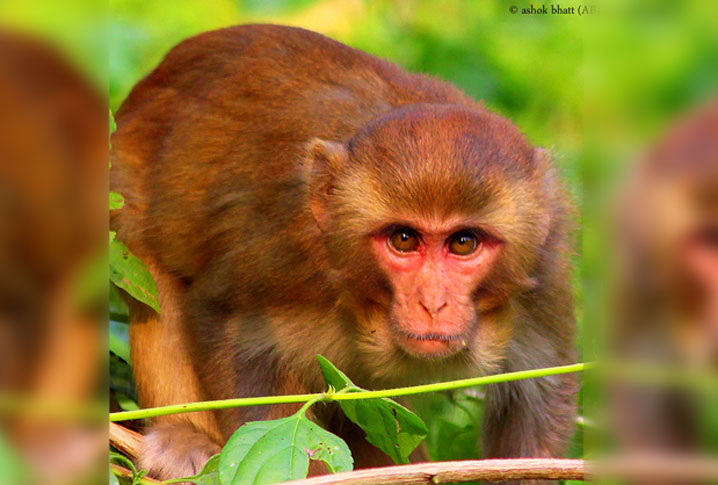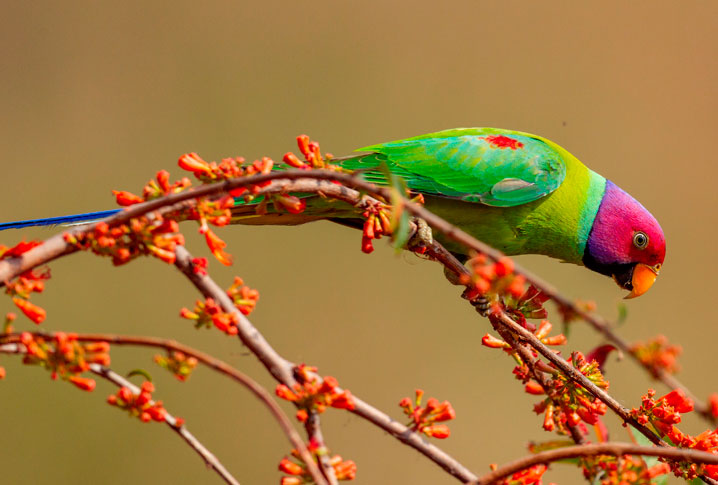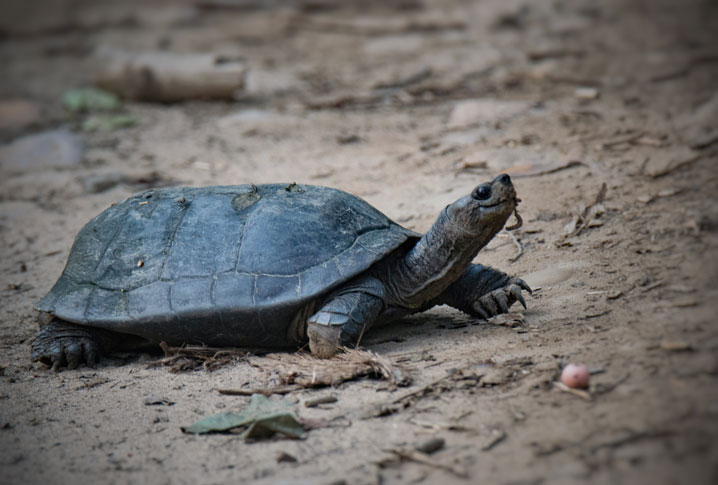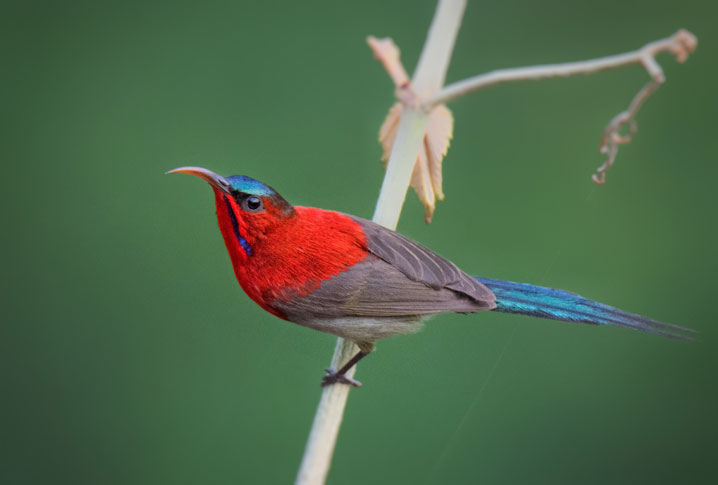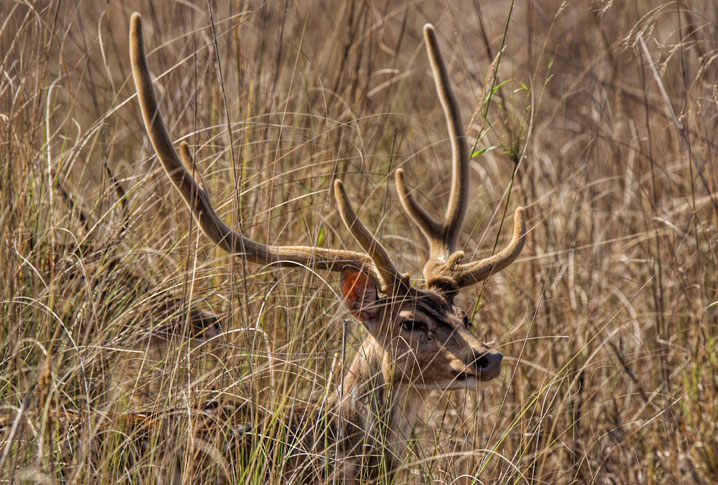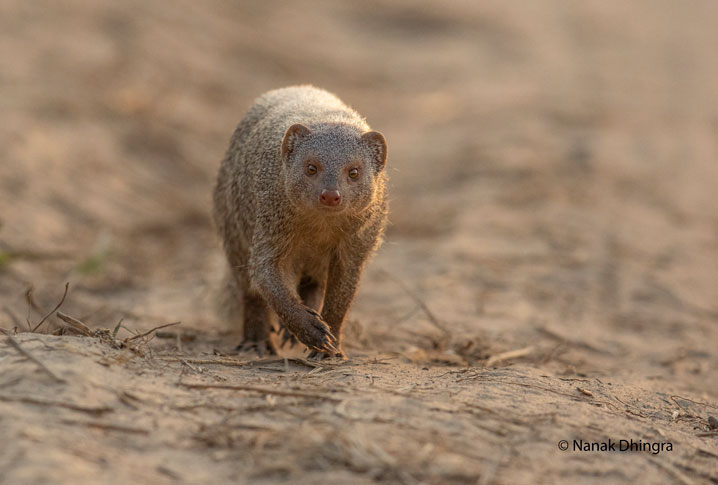Flora
A total of 488 different species of plants have been recorded in the park. Tree density inside the reserve is higher in the areas of Sal forests and lowest in the Anogeissus-Acacia catechu forests. Total tree basal cover is greater in Sal dominated areas of woody vegetation. Healthy regeneration in sapling and seedling layers is occurring in the Mallotus philippensis, Jamun and Diospyros tomentosa communities, but in the Sal forests the regeneration of sapling and seedling is poor.
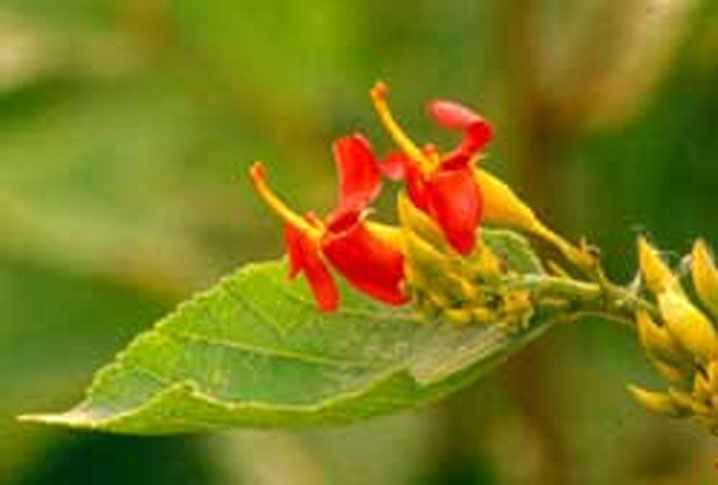

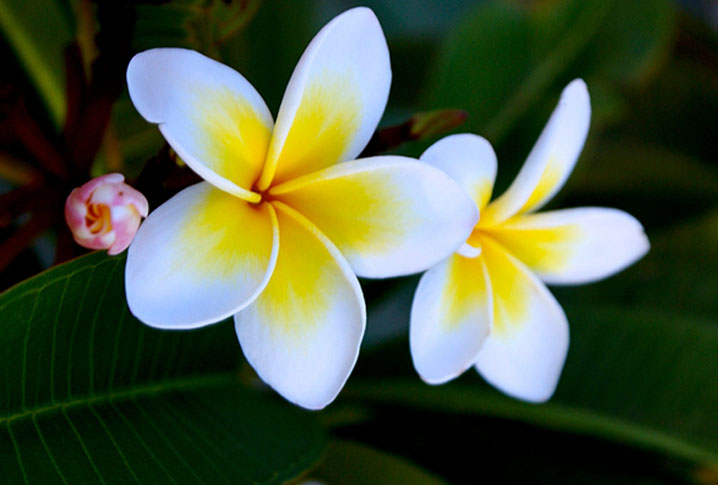
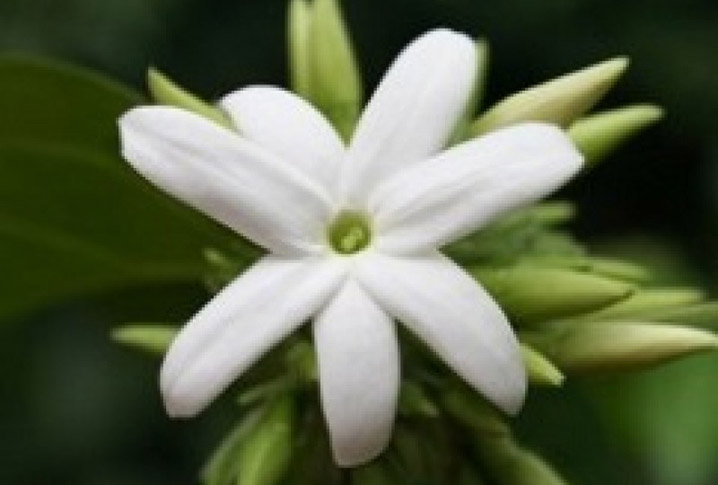
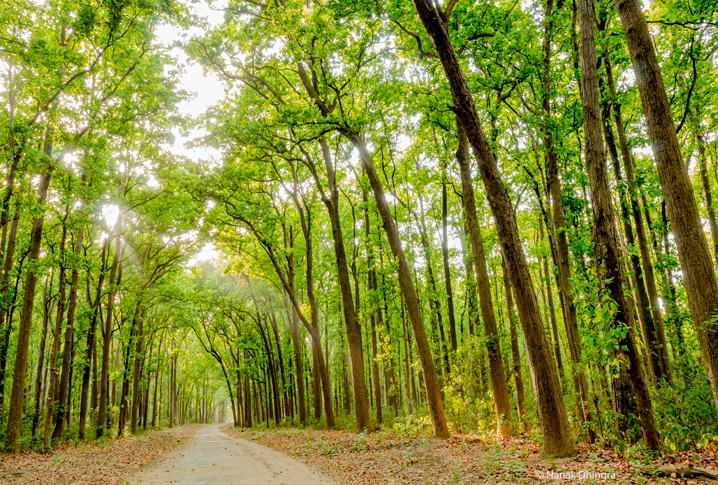
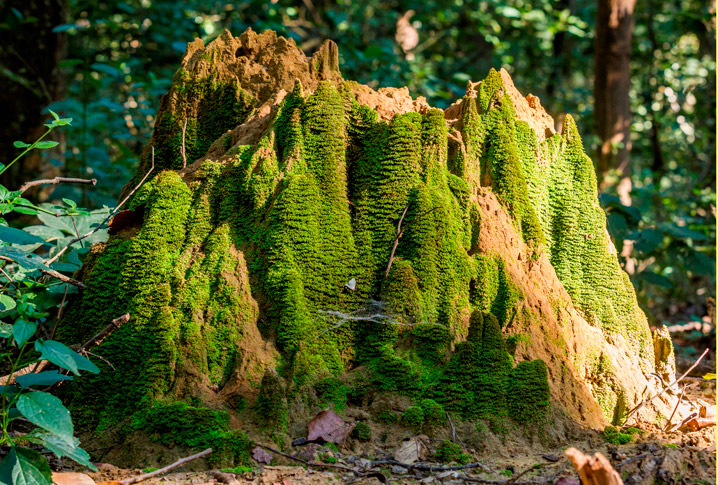
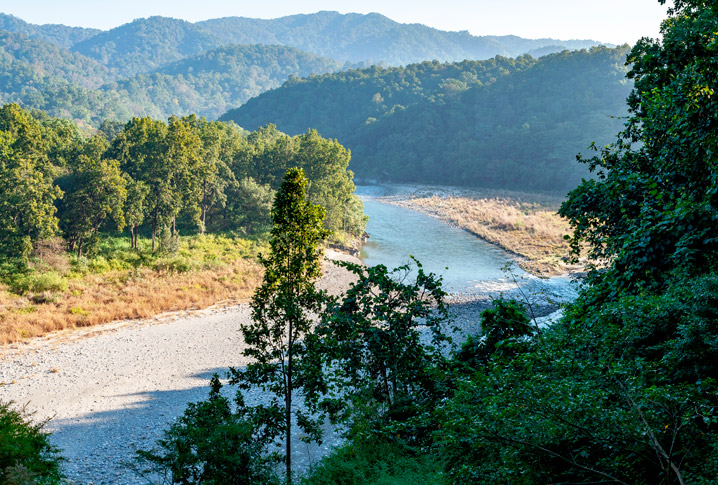
Fauna
Friendly tussle of tuskers at Dhikala grassland. More than 586 species of resident and migratory birds have been categorized, including the crested serpent eagle, blossom-headed parakeet and the red jungle fowl — ancestor of all domestic fowl. 33 species of reptiles, seven species of amphibians, seven species of fish and 36 species of dragonflies have also been recorded.
Bengal tigers, although plentiful, are not easily spotted due to the abundance of foliage - camouflage - in the reserve. Thick jungle, the Ramganga river and plentiful prey make this reserve an ideal habitat for tigers who are opportunistic feeders and prey upon a range of animals. The tigers in the park have been known to kill much larger animals such as buffalo and even elephant for food. The tigers prey upon the larger animals in rare cases of food shortage. There have been incidents of tigers attacking domestic animals in times of shortage of prey.
Leopards are found in hilly areas but may also venture into the low land jungles. Small cats in the park include the jungle cat, fishing cat and leopard cat. Other mammals include barking deer, sambar deer, hog deer and chital, sloth and Himalayan black bears, Indian grey mongoose, otters, yellow-throated martens, Himalayan goral, Indian pangolins, and langur and rhesus macaques. Owls and nightjars can be heard during the night.
In the summer, Indian elephants can be seen in herds of several hundred. The Indian python found in the reserve is a dangerous species, capable of killing a chital deer. Local crocodiles and gharials were saved from extinction by captive breeding programs that subsequently released crocodiles into the Ramganga river.
